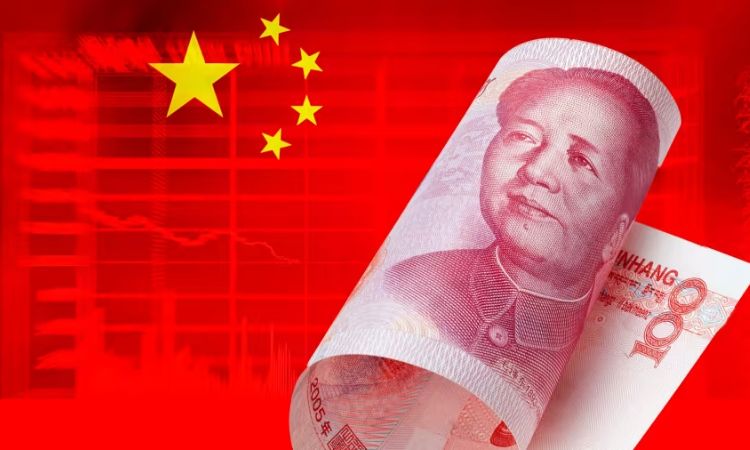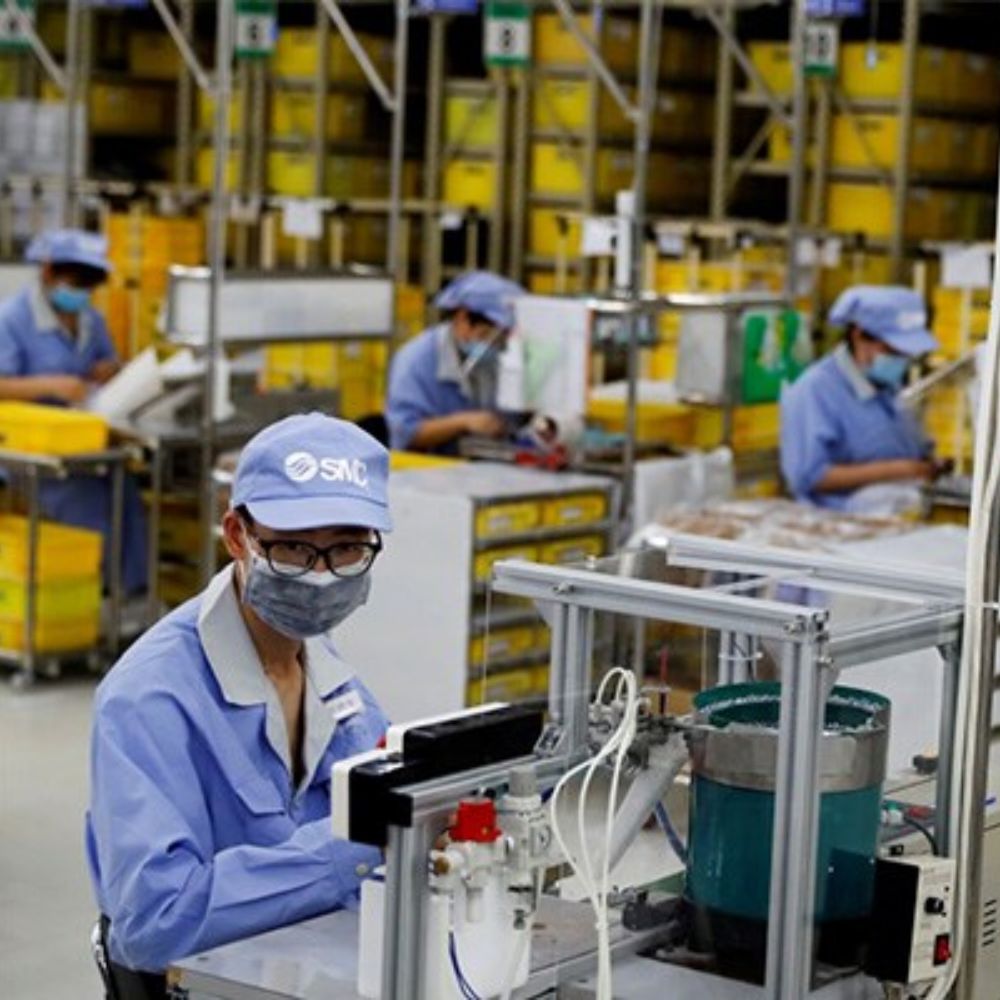Introduction
China is anticipated to reduce key lending benchmarks in an effort to bolster it’s slowing economic recovery. The move comes after recent data indicated struggles in the retail and factory sectors, raising concerns about the potential stalling of China’s post-COVID-19 comeback and the accompanying risk of significant job losses.

Image@ credit- Financial Times
The People’s Bank of China (PBOC) has already lowered short- and medium-term policy rates, signaling an imminent round of monetary loosening to stimulate the recovery. A Reuters survey of 32 market experts revealed unanimous predictions of cuts to both the one-year loan prime rate (LPR) and the five-year tenor.
Expectations for the One-Year LPR
The majority of respondents (21 out of 32) anticipate a 10-basis point cut in the one-year LPR, reducing it from 3.65% to 3.55%. However, there are varying projections, with some suggesting cuts ranging from five to 15 basis points. The one-year LPR serves as the basis for most new and outstanding loans, making it a critical factor in stimulating lending and economic activity.
Forecast for the Five-Year LPR
Half of the analysts and traders surveyed (16 out of 32) expect a deeper cut of at least 15 basis points to the five-year LPR, which serves as the mortgage reference rate. This reduction aims to stimulate housing demand and support the struggling property sector. Another 14 respondents predict a 10-basis point cut, bringing the five-year tenor down to 4.2% from its current rate of 4.3%. The last time China reduced both LPRs was in August 2022.
Effectiveness of Rate Cuts and Potential Risks
While rate cuts are generally expected to boost economic activity, some concerns remain. David Chao, global market strategist for Asia Pacific at Invesco, notes that rate cuts may be ineffective if households and businesses remain conservative, focusing on deleveraging and debt repayment. To counter this, Chao expects policymakers to introduce targeted fiscal and stimulus measures in addition to rate cuts. The Chinese cabinet has already convened to discuss measures to spur economic growth and has pledged to provide further policy support.
Diverging Opinions on the Magnitude of Rate Reductions
Despite the consensus on rate cuts, market participants hold differing views on the size of the reductions. Some experts suggest that a more significant cut is needed for the mortgage reference rate to support the ailing property sector. Citi analysts, for example, predict an asymmetric cut of five basis points in the one-year LPR and 15 basis points in the five-year LPR. They highlight the upcoming July Politburo meeting as a potential opportunity for more substantial policy moves.
Revised GDP Growth Forecasts and Policy Support
Following disappointing May data indicating a faltering post-COVID recovery, several global investment banks have lowered their 2023 gross domestic product (GDP) growth forecasts for China. To counter these challenges, policymakers are expected to implement further policy support measures. The LPR, which is determined each month based on proposed rates from designated commercial banks, is a crucial tool in this regard.
Conclusion
China’s expected cuts to key lending benchmarks are aimed at rejuvenating its slowing economy. Experts predict reductions in both the one-year LPR and the five-year tenor to stimulate lending, housing demand, and overall economic activity. However, concerns about the effectiveness of rate cuts persist, and additional targeted fiscal and stimulus measures may be necessary. With diverging opinions on the magnitude of rate reductions, the July Politburo meeting is anticipated as a potential window for more significant policy moves. Overall, these measures seek to counter the faltering post-COVID recovery.














